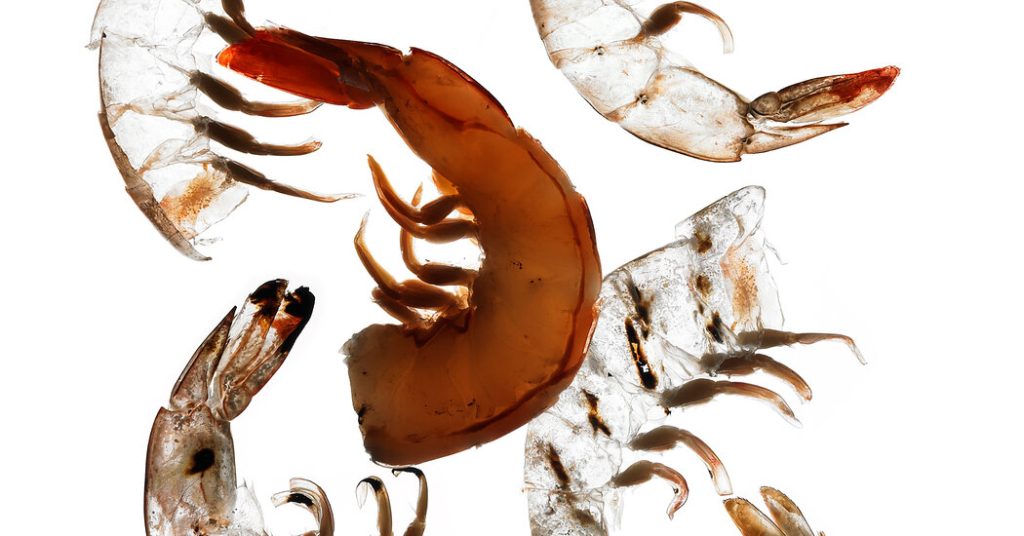Americans have a strong appetite for shrimp compared to other seafood and consume almost six pounds per year on average. While shrimp is a good source of protein, calcium, and vitamin B12, it lacks other essential nutrients found in seafood like omega-3 fatty acids and iron. Shrimp is low on the list of nutrient-rich seafood options, similar to cod and tilapia, and is often compared to the “white meat of the sea.” Despite being high in cholesterol, shrimp is considered heart-healthy due to its low saturated fat content. Shrimp also typically do not accumulate environmental toxins like mercury, making them a safe choice for pregnant women and children to consume.
However, there are some health downsides to consuming shrimp. Frozen shrimp may contain preservatives that can be harmful to individuals with sensitivities. Farmed shrimp, particularly from certain countries, may contain antibiotics that are banned in the United States, posing potential health risks to consumers. While contaminated imported shrimp is a concern, it is not considered a grave health risk, similar to the risks posed by plastic packaging. Individuals with sensitivities to antibiotics may experience allergic reactions when consuming farmed shrimp.
From an environmental perspective, shrimp consumption is considered damaging due to the methods used to obtain them. Most shrimp consumed in the United States are imported and farmed, leading to habitat destruction and pollution along coastlines. Wild-caught shrimp also contribute to high levels of bycatch, resulting in significant harm to marine life. Reports of slave labor in shrimp production industries in various countries raise concerns about human rights abuses. Despite these issues, it is possible to find healthy and sustainably sourced shrimp by researching where they come from and how they were produced.
To make informed seafood choices, consumers can refer to resources like the Monterey Bay Aquarium’s Seafood Watch. Farmed shrimp from the United States, Canada, Ecuador, Honduras, and Thailand are generally more environmentally friendly options. Wild-caught shrimp from the United States and Canada are also recommended for their sustainable fishing practices. It is important to be mindful of where shrimp come from and how they were produced to ensure a healthy and environmentally conscious choice. Asking questions about sustainability at restaurants and seafood counters can help create demand for sustainable options in the industry.
Ultimately, decisions about consuming shrimp come down to individual values and priorities when it comes to food. Some experts choose to eat shrimp but are selective about the sources and production methods. Others choose to avoid shrimp altogether due to environmental and health concerns. While it is essential to be aware of the challenges associated with shrimp consumption, it is also important to enjoy food without unnecessary guilt or judgment. Promoting sustainable seafood practices and informed decision-making can help create a healthier and more environmentally conscious food system for future generations.


